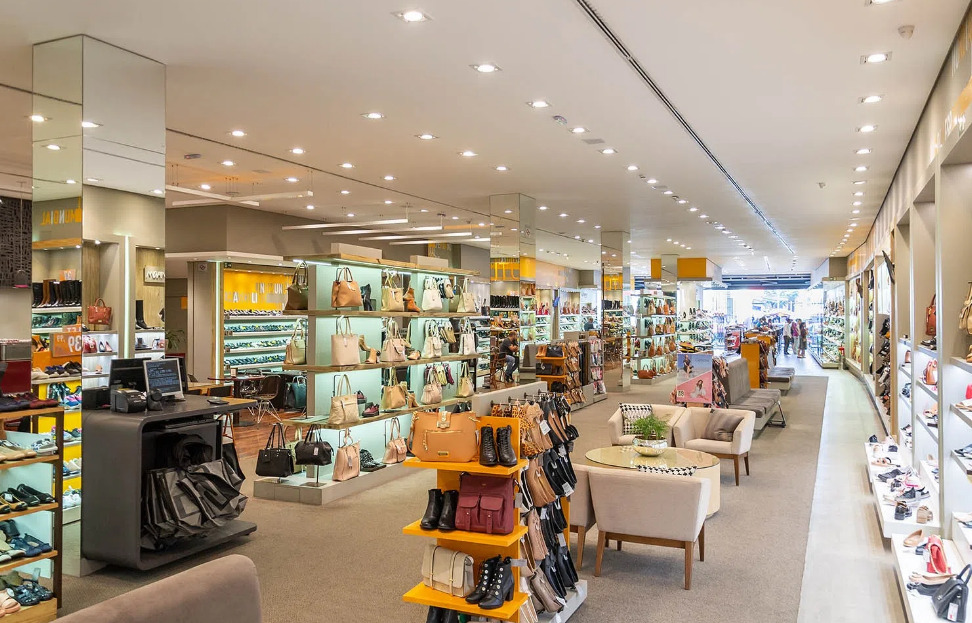Optimize Efficiency
Via Marte piloted RFID product tracking on shoes at its headquarters in Nova Harz, Rio Grande do Sul, Brazil. The results showed that RFID can identify a large number of products in less time than barcodes and reduce delivery errors.
Ivair Kautzmann, the company’s director of information technology. He said: “It was very easy to add RFID tags to our products and to use RFID product tracking technology. Because we adopted GS1’s SGTIN standard back in 2016. Without the GS1 standard, the company it is difficult to benefit from the application of technology. In front of the gate of our factory, there is a rigorous set of shipping processes. Including picking verification and assembly verification of the shipping list delivered to the logistics operator. But before the goods reach their destination. We’re still going to have issues, especially with logistics operators’ volumes.”
RFID product tracking Tag
Key to Success
Via Marte produces 5 million pairs of shoes annually and provides its customers with superior logistics efficiency. Including full traceability and interoperability involved in all stages of logistics. The company decided to test GS1 standard RFID as an additional verification of the products involved in the company’s e-commerce business. So that the goods arrive at their destination without errors. Deshalb, the pilot project in cooperation with Correios promotes the implementation of RFID technology. ?In the distribution of goods for all logistics operators.
“Global identification standards are the key to success because data can flow without error,” Katzman noted.
In partnership with Correios, GS1 offers two standards. SGTIN (Global Trade Product Number) and SSCC (Serial Shipping Container Code). Using RFID tags with automatic reading for identification enables tracking and management of individual or batch items. And reduces errors when manually reading items using barcodes.

Via Marte Calçados shop
Wie es funktioniert
“The RFID tag-reading antenna, located at the warehouse exit. Ensures that the content of the order generated is transmitted 100% correctly. and alerts the user of any mis-delivery, as well as an alert. If we send 50 items with Items with tracking codes notified in the PLP (Packet Layer Protocol). These 50 items must enter the designated transport vehicle, no more, no less.”
Ricardo Verza Amaral Melo, GS1 Brazil executive. said that RFID’s accurate information transmission not only ensures flexibility in transportation and end-to-end cost savings. but also ensures the safety of the end consumer. The quality of the data also helps management avoid losses and increase productivity.
Reduce Cost
In addition to the above process advantages, Via Marte also uses RFID to reduce the cost of shipping orders. Which provides an economic incentive for those who adopt RFID, and at a favorable price. “We did the calculations, and from a cost-reduction perspective, the opportunity became interesting. And the savings from using Correios’ new service was more than enough.? To offset the cost of RFID tags for Via Marte,” Couzman said.
Future
The entire pilot was implemented without any complications. As the company has a history of using serialized identification. “We have been affiliated with GS1 Brazil since 1997 und wir sind mit diesen GS1-Standards bestens vertraut. GS1 hat auch ein sehr einfaches und erklärendes technisches Handbuch.? Das macht die RFID-Implementierung für Erstimplementierungen viel einfacher,” Cotzman said. Menschen, die RFID verwenden. In Ergänzung, Correios hat eine spezielle Website zum RFID-Bestellsystem vorbereitet.“





